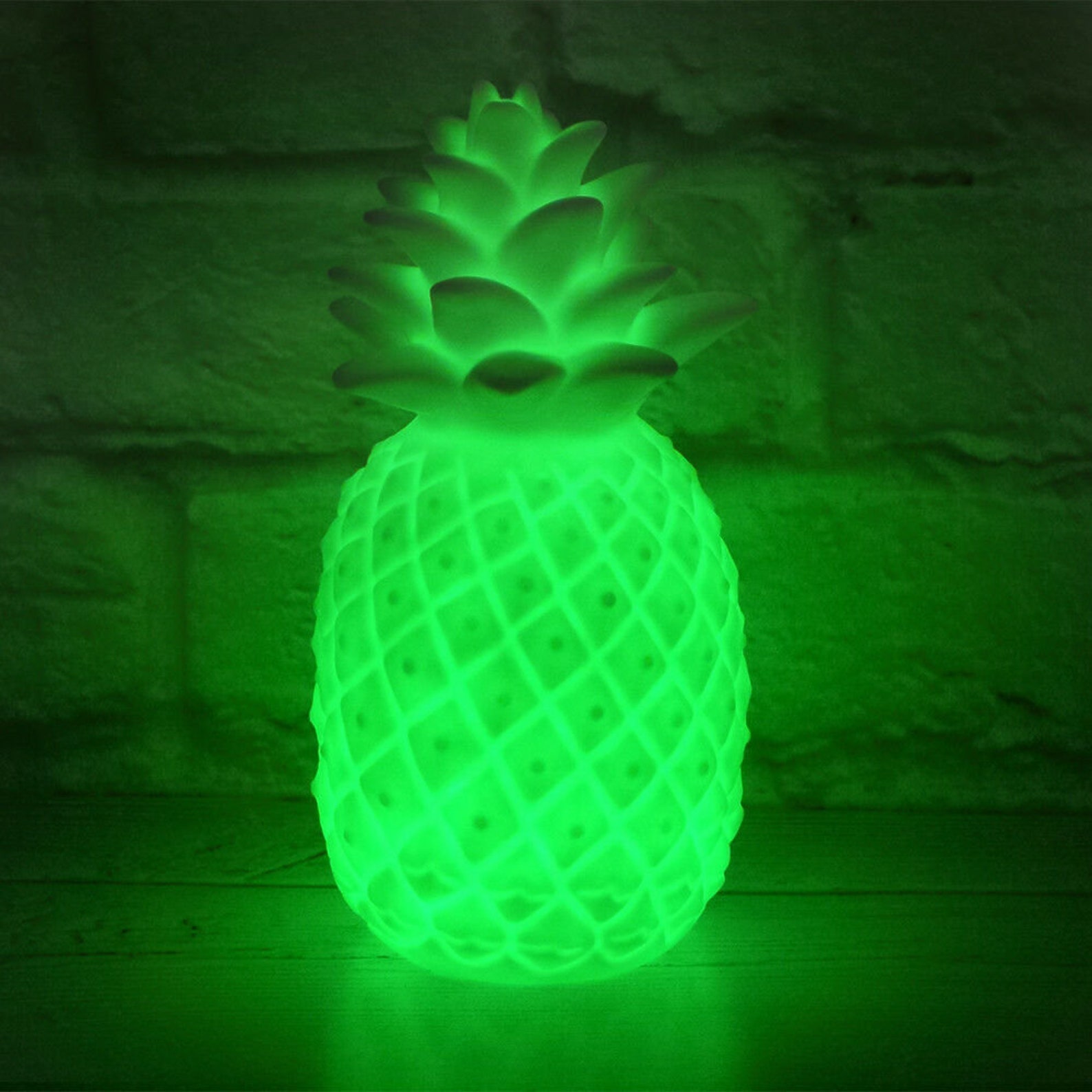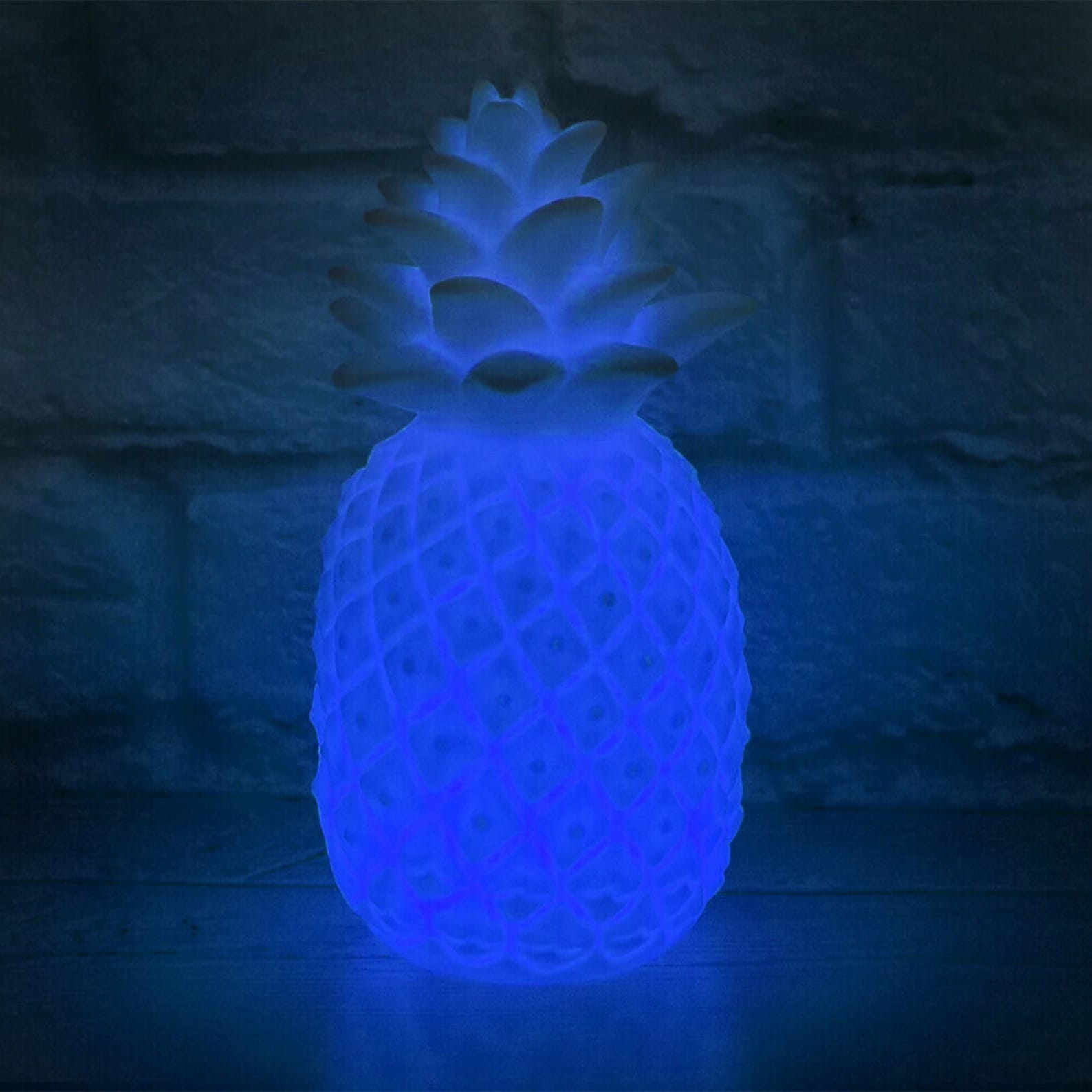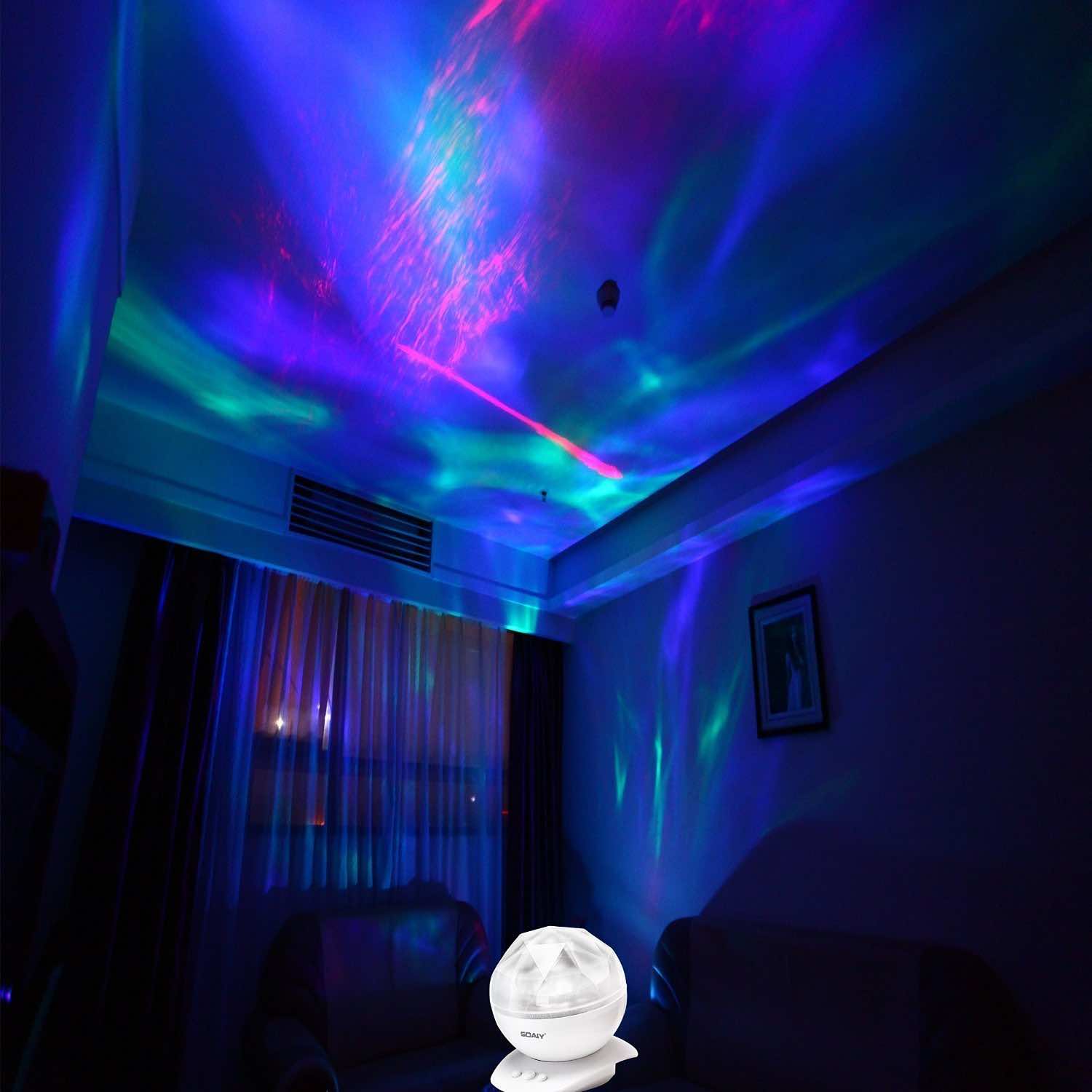
Introduction
Lights and shadows play a significant role in setting the mood and creating ambiance in any space. Whether it's a cozy café, a vibrant art gallery, or a serene bedroom, the right combination of lighting and shadow can transform the atmosphere and evoke specific emotions. In this article, we will explore the art of crafting mood with lights and shadows, diving into the science behind it and providing practical tips for creating the perfect ambiance in any setting.
The Science of Lighting

Before we delve into the various ways to use lights and shadows to create mood, it's important to understand the science behind lighting. Light is not simply a tool for illumination; it also affects our physiological and psychological well-being. Our brain processes different colors and intensities of light, triggering specific responses and emotions.
One key aspect to consider is color temperature, which is measured in Kelvin (K). Cool white light with high color temperature (5000K-7000K) tends to create a more energizing and focused atmosphere, while warm white light with low color temperature (2000K-3000K) produces a cozy and relaxing ambiance. Understanding color temperature is crucial in setting the desired mood.
Another important factor is the intensity of light. Bright, intense lighting can promote alertness and productivity, making it ideal for workspaces and retail environments. On the other hand, softer, dimmer lighting can create a soothing and intimate atmosphere, perfect for restaurants, spas, or bedrooms.
Key Takeaways:
- Color temperature plays a significant role in setting the mood.
- Higher color temperatures create an energizing atmosphere, while lower color temperatures promote relaxation.
- Light intensity also affects mood, with bright lighting promoting alertness and softer lighting creating a soothing ambiance.
Using Lighting Techniques to Create Ambiance

Now that we have a basic understanding of the science behind lighting, let's explore some techniques for crafting mood using lights and shadows. These techniques can be applied to various settings, from homes to commercial spaces, to create the desired ambiance.
1. Layered Lighting

Layered lighting involves using multiple light sources at different heights and intensities to create depth and enhance the atmosphere. By combining ambient lighting, task lighting, and accent lighting, you can achieve a well-balanced and visually appealing space.
Ambient lighting provides overall illumination and sets the foundation for the mood. It can be achieved through ceiling fixtures, chandeliers, or recessed lighting. Task lighting, such as desk lamps or under-cabinet lights, serves a specific purpose and helps with activities like reading or cooking. Accent lighting, such as wall sconces or track lights, adds drama and highlights specific areas or objects.
2. Dimmers and Smart Lighting

Dimmers and smart lighting systems offer flexibility in controlling the intensity of light, allowing you to adjust the ambiance according to the desired mood. Dimmers can be installed for both overhead lights and lamps, enabling you to lower the brightness and create a more intimate and cozy atmosphere. Smart lighting systems, controlled via smartphone or voice commands, offer even more customization options and can be programmed to match specific activities or moods.
3. Colored Lighting

Color has a powerful impact on our emotions, and using colored lighting can drastically influence the mood of a space. Colored bulbs or LED strips can be used to create a specific ambiance, whether it's a calming blue for a spa or a vibrant red for a lively bar. It's important to choose colors that align with the desired mood and consider the overall color scheme of the space to ensure harmony.
4. Directional Lighting

Directional lighting involves focusing the light on specific objects or areas to create a focal point or highlight architectural features. Spotlights, track lights, or adjustable wall sconces are effective tools for directing light. By illuminating certain elements, you can create depth and add visual interest to the space.
5. Candlelight and Firelight

There is a timeless charm and warmth associated with candlelight and firelight. The flickering flames create a soft and intimate ambiance, perfect for romantic settings or cozy evenings. Candles, fireplaces, or even LED flameless candles can be used to achieve this effect, bringing a touch of enchantment to any space.
The Power of Shadows

While lighting takes center stage in creating ambiance, shadows also play a crucial role in enhancing the atmosphere. Shadows can add depth, drama, and mystery to a space, amplifying the emotional impact of the lighting. Understanding the interplay between light and shadow is essential in crafting the desired mood.
1. Contrast and Silhouettes

By creating a contrast between light and shadow, you can add visual interest and drama to a space. Silhouettes, where objects are backlit, can create a striking effect, especially against a plain or textured backdrop. This technique is often used in art galleries or theaters to create a sense of intrigue and captivate the viewer's attention.
2. Soft Shadows

Soft shadows, achieved through diffused lighting or indirect light sources, can create a gentle and dreamy atmosphere. Soft shadows have a calming effect and are often used in spa-like environments or bedrooms to promote relaxation and tranquility. This technique works particularly well when combined with warm, low-intensity lighting.
3. Dynamic Shadows

In certain settings, dynamic shadows can add a sense of movement and energy. This can be achieved by using moving light sources, such as rotating spotlights or changing patterns of light. Dynamic shadows work well in dance clubs, performance spaces, or any environment where a dynamic and vibrant atmosphere is desired.
4. Playful Shadows

Shadows can also be used creatively to add an element of playfulness and whimsy to a space. By casting shadows in unexpected ways or using decorative lighting fixtures that create unique shadow patterns, you can create an interactive and engaging environment. This technique is often employed in children's play areas or art installations.
Conclusion
Lights and shadows have the power to transform a space and evoke specific emotions. By understanding the science behind lighting, utilizing various techniques, and harnessing the interplay between light and shadow, you can craft the perfect ambiance for any setting. Whether it's a cozy corner in your home, a bustling restaurant, or an art gallery, the art of lighting and shadow can create a truly immersive and captivating experience.